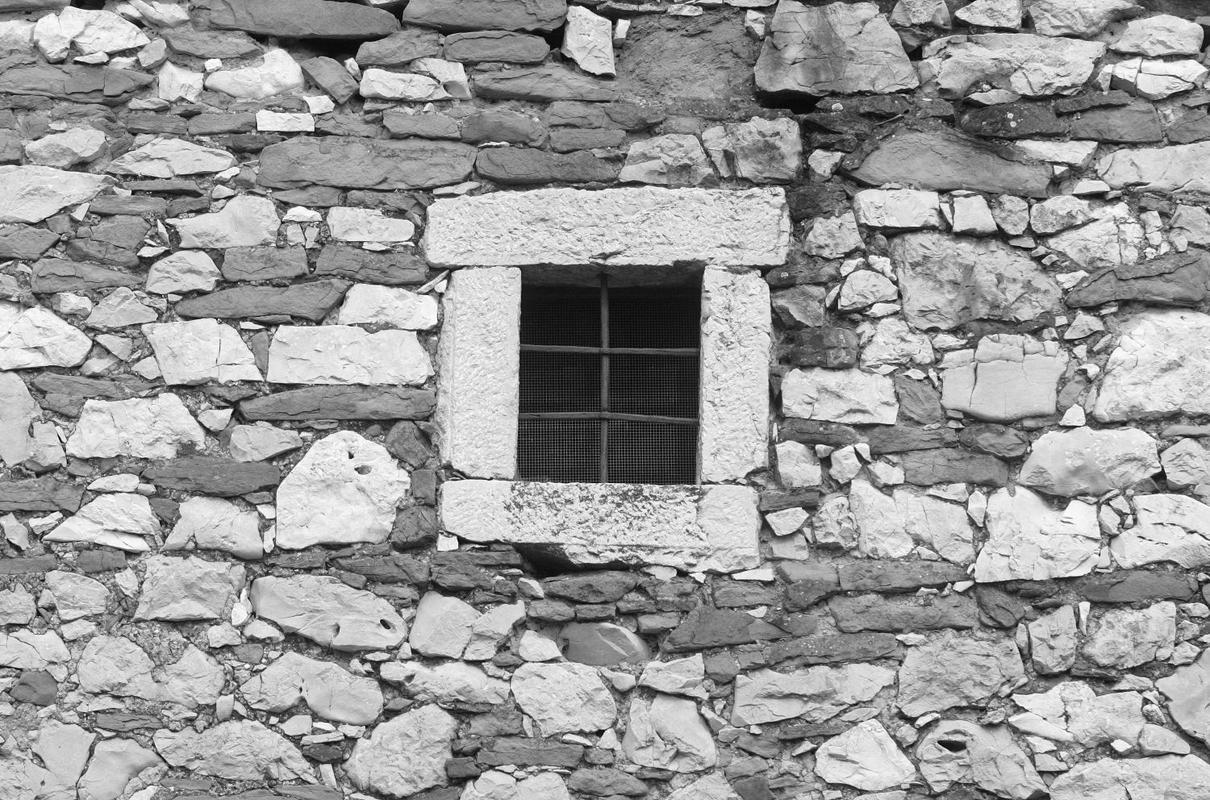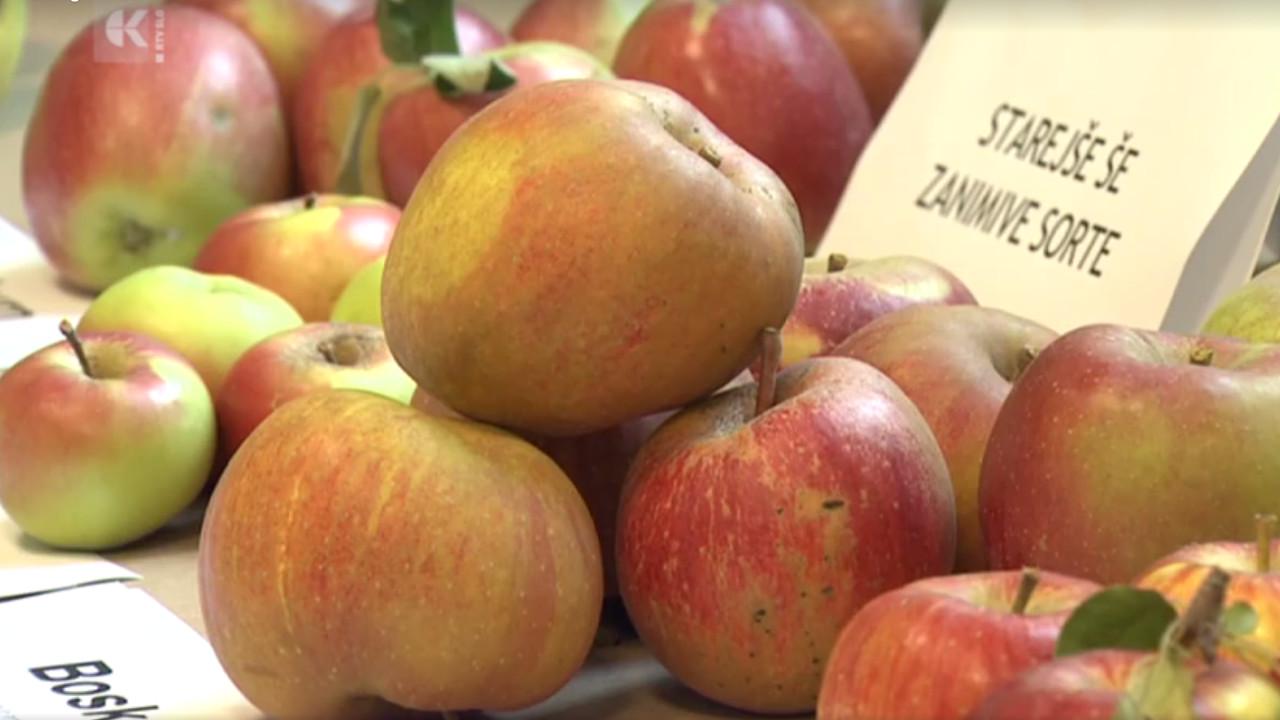

Brkini, which extends south of the Karst Plateau towards Croatia, is a poor, sparsely populated part of the country. In the winter, heavy snowfall adds to the feeling of isolation. During World War II, the area was the site of heavy battles between the Italians and members of the Resistance, and persistent poverty caused many people to emigrate after the war. Still, Brkini is surprisingly beautiful in its understated way. Throughout the area, thick woods are interspersed with idyllic villages in which stone houses huddle around ancient churches.
The region’s location has also made it well-known for its gastronomy. Both Mediterranean and Central European influences can be seen in its typical dishes, which range from Brkini pršut (prosciutto) to plum dumplings and sheep cheese.
The transitional climate is also ideal for fruit growing. In the nineteenth century, fruit from Brkini was enjoyed as far away as Paris. Apples and plums from the orchards, which lie at an altitude averaging 500 meters, are still known for their quality, and more than 100 fruit growers make a living from selling their produce.
The local plums are also the key ingredient of a plum brandy known as slivovec. The brandy is distilled in special copper kettles, which consist of two parts that enable cooling with water. The process is a said to result in liquor with a richer taste than those made elsewhere.
In recent years, tourist farms have appeared throughout the Brkini region. They not only provide visitors with a first-hand experience of the area’s culture and cuisine, but they also bring opportunity to people who persevere in one of Slovenia’s forgotten regions.

































































